My name is Brume Mrore, a team member at BurnsleyTech Academy. I participated at the Three (3) Day Engineering Software Training activity facilitated by the Nigerian Society of Engineers and Hosted by BurnsleyTech Academy.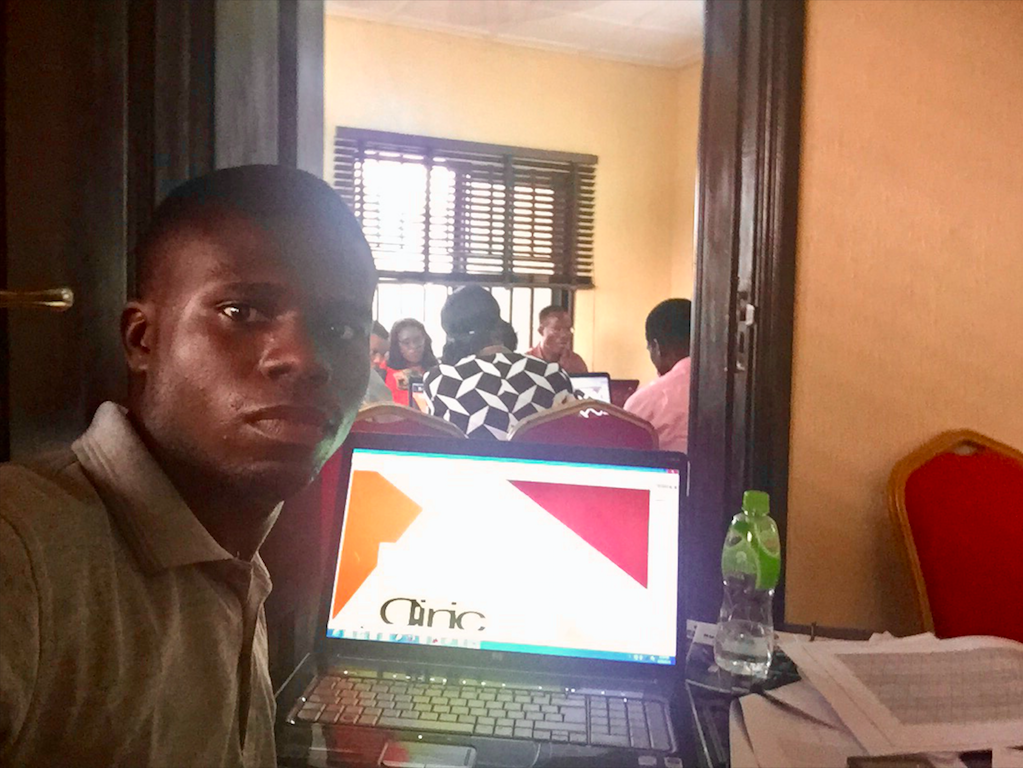
I documented by experience at DAY ONE on the BurnsleyTech website. “DAY ONE – PLANNING OF WATER DISTRIBUTION/RETICULATION SYSTEM”
As requested by the participants, the schedule for the training had to be compressed into two days instead of the initial 3 days plan. Based on this new development, the resource person Engr. Uche Ihunweze [Technical Secretary of the Nigerian Society of Engineers, Abuja] asked us to come in at 8am for an early start.
Continuing on the training programme, we were issued CDs containing EPANET. EPANET is an auto-run software used for modelling water distribution system. As an auto-run software, it does not require installation. I simply launched the software directly from my CD-ROM.
After launching the software, we went through the basics of setting the design parameters. After which, we modelled a distribution system for an area taking into account these important design feature;
- Daily Water Demand at different time interval. 12am – 6am [Low], 6am – 12pm [High], 12pm – 6pm [Medium], and 6pm – 12am [High].
- Roughness of 3 types of pipes; steel [0.2m], concrete [0.1m], PVC [0.1m].
- Layout of piping network to reduce downtime if routine or breakdown maintenance is required.
Generally, I found the software very user friendly and easy to grasp! A practical application of this software would be in a real estate development. Water has to be efficiently distributed within the development. Ideally, it should be designed to meet the daily demand of households without any drop-in pressure at peak times. Imagine having to wait for your neighbour to shut their tap to enable water flow through yours. These are some of the water demand challenges that must be accounted for, and the only way to do this is by modelling the distribution system before construction.
My colleague shared his ordeal during a recent trip to Kenya. He stayed at a high-rise student accommodation being supplied by water from the municipal authorities. The flat was at the uppermost floor and was hardly receiving water during supply times. His neighbours at the lower floors received water, while his tap kept making infinite sounds of water approaching.
If only the engineers had used EPANET, water distribution would have been flawless. Trial and error is better executed at design phase where changes can be made easily.
We concluded training at 6:30pm, had a group photo and received our certificate of participation afterwards.

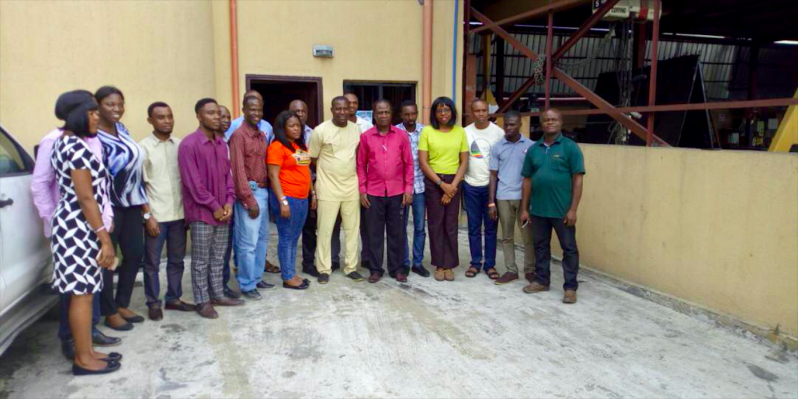
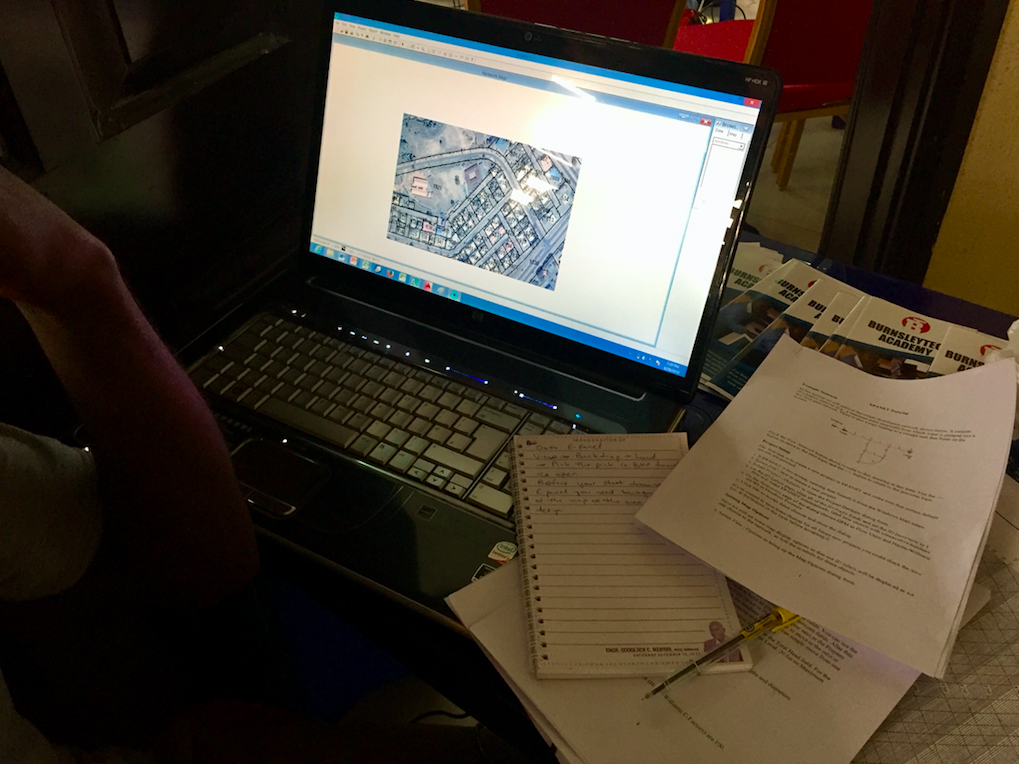
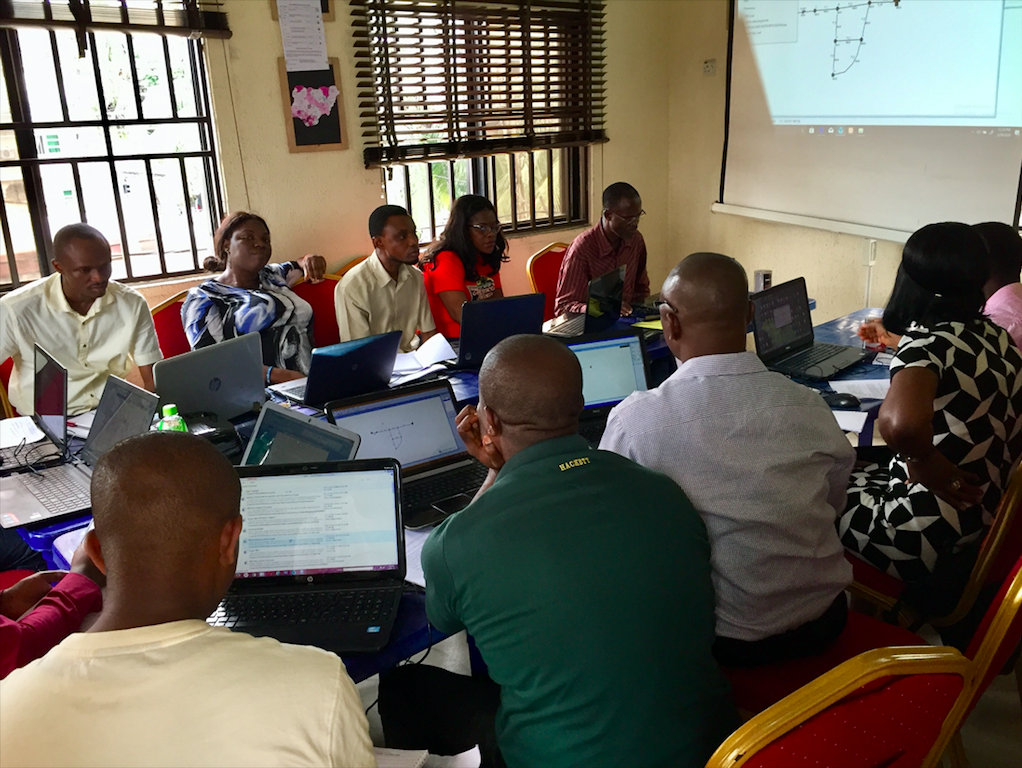
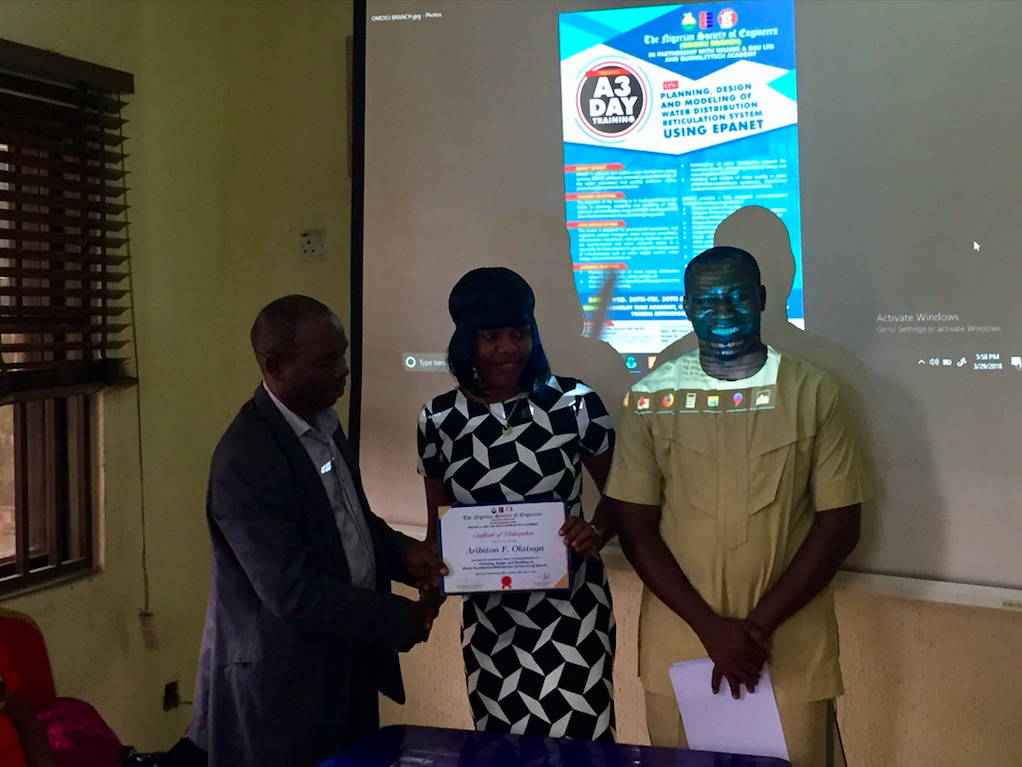
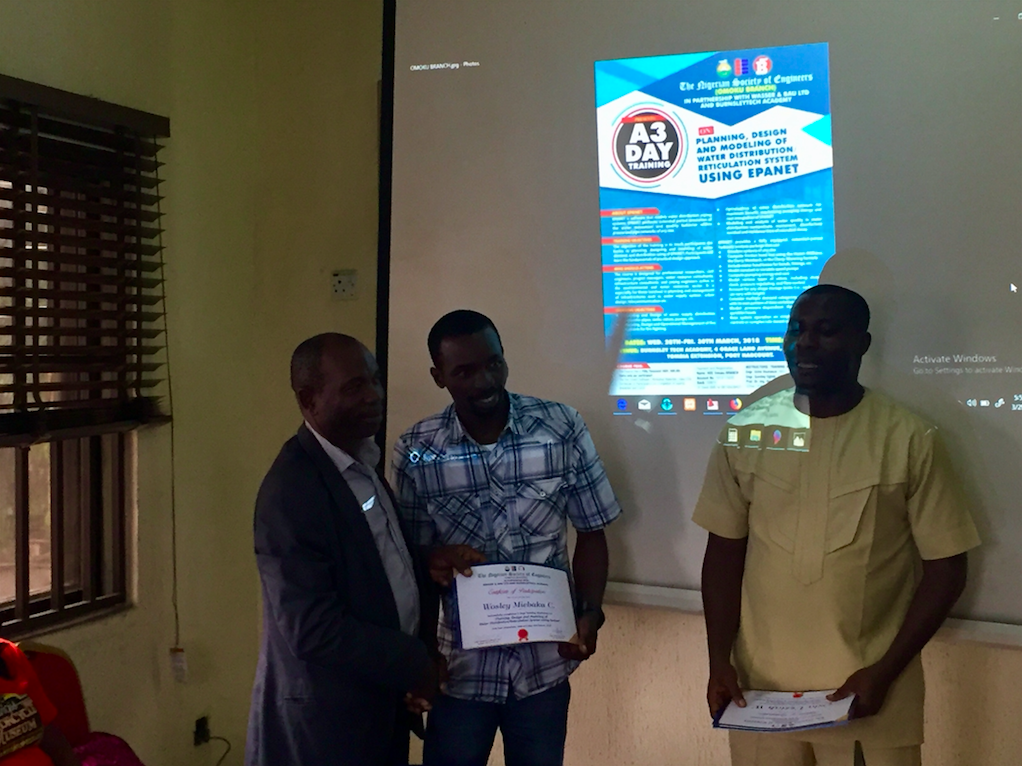

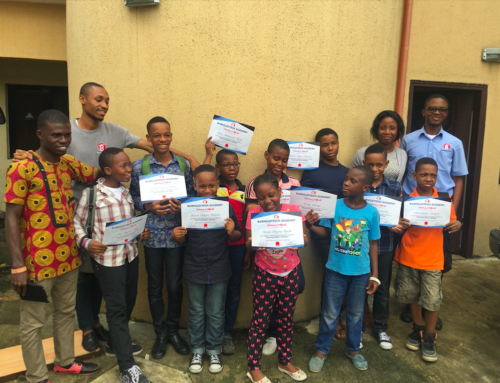
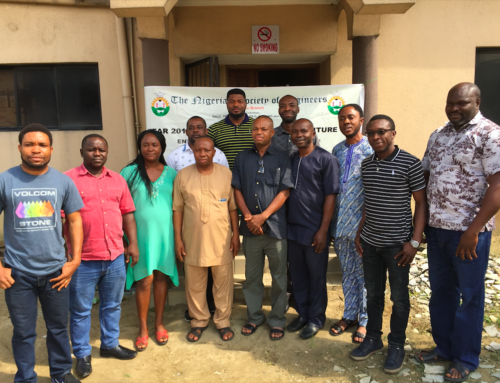


Leave A Comment